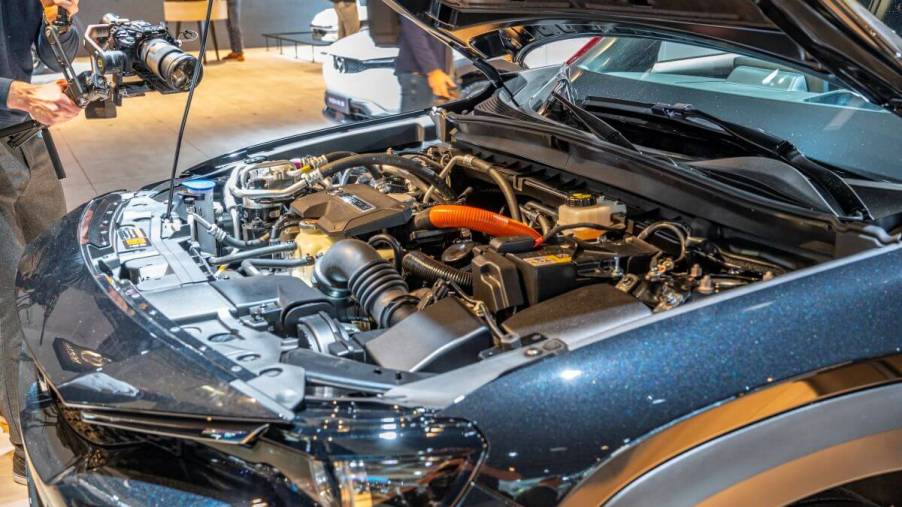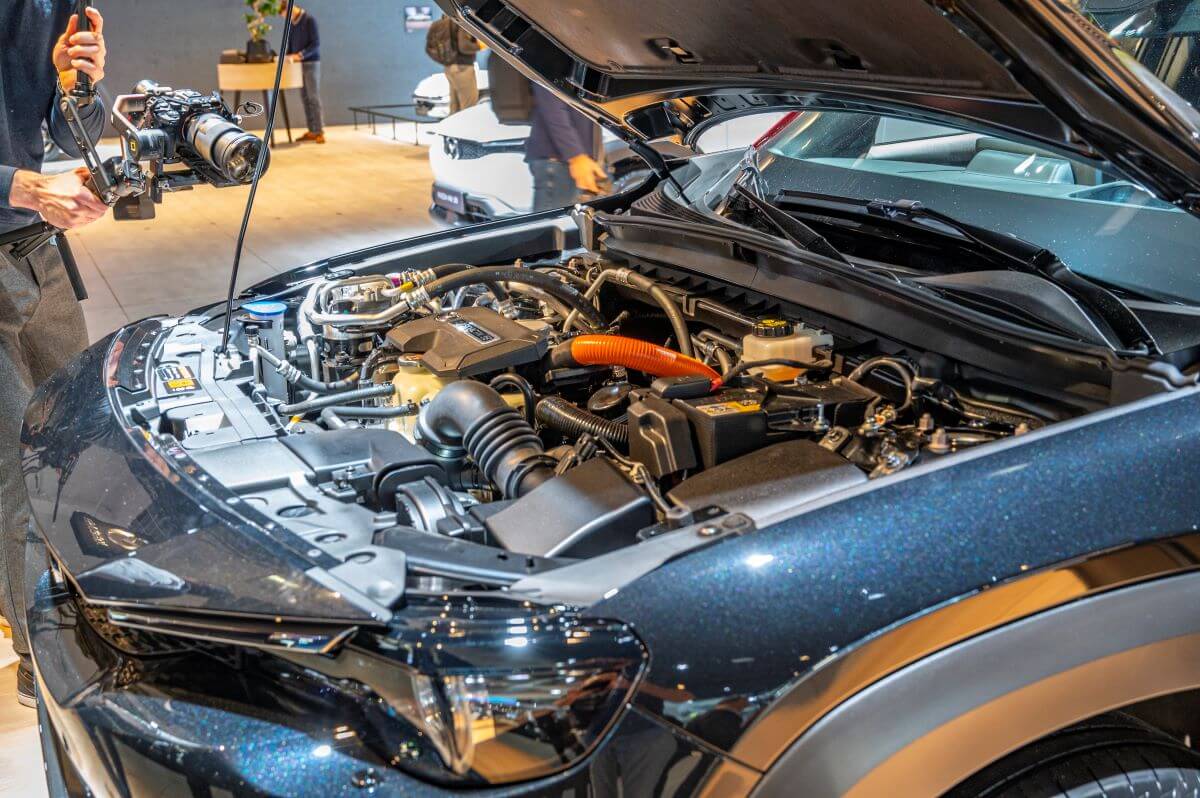
1 EV Accessory Changes an Electric Car’s Classification
As automakers race to electrify their lineups, more EVs are hitting the roads. Unlike gas-powered cars with internal combustion engines, electric vehicles use motors and rechargeable battery packs. Energy is stored in the battery, which powers the motor and allows the EV to move. However, most consumers might not be aware of a little-known fact. Here’s how one EV accessory — a range extender — changes an electric car’s classification.
What is an electric vehicle, and what are the advantages of driving an EV?
What exactly is an electric vehicle (EV)? According to the U.S. Department of Energy, an EV is powered by an electric motor that draws electricity from a battery and can be charged from an external source. Most EVs have a driving range of about 80 to 300 miles and can be charged using a standard 120-volt or 240-volt plug at home or public charging stations.
Driving an electric vehicle has several advantages. They include low maintenance costs, reduced emissions, energy efficiency, better overall performance, and money saved at the gas pump.
However, one EV accessory — a range extender — surprisingly requires gasoline.
What is a range extender, and what does it do?

As anyone with an electric car knows, “range anxiety” exists because a fully charged battery allows an EV to travel only so far. The driver might fear running out of power and being stranded where there is nowhere to recharge.
A range extender — a secondary onboard power generator — can help. It charges the EVs battery while the vehicle operates, supplying electricity to the battery pack that powers the electric drive motors. The range extender is a backup when the primary battery runs low, not for continual power.
The range extender kicks in when the EV’s battery is almost depleted. Typically, tiny gasoline-powered motors provide enough power to keep the vehicle traveling down the road. EVs with range extenders have small gas tanks, and though they don’t add significant range, they can be refueled at a gas station for additional mileage.
How do EVs with range extenders differ from hybrid and plug-in hybrid vehicles?
An EV with a range extender is technically a hybrid vehicle, but it’s as close as possible to a fully electric car without eliminating gasoline. Most hybrids use a gas-powered engine as the primary power source and electric motors for boosts.
So, how do EVs with range extenders differ from hybrid and plug-in hybrid vehicles? While traditional hybrids use power from the engine to recharge their batteries internally, electric cars with range extenders use their gas generators to charge the batteries. Electric motors then use the energy from the battery pack to propel the vehicle.
In contrast, a plug-in hybrid vehicle (PHEV) can be charged by an external source but uses a gas engine as a primary power source. An EV with a range extender does the opposite, using the onboard battery pack as its primary power source and the gasoline range extender only for recharging the batteries when they run low.
This accessory comes in handy, but it also prevents the vehicle from being classified as an EV when in use.


